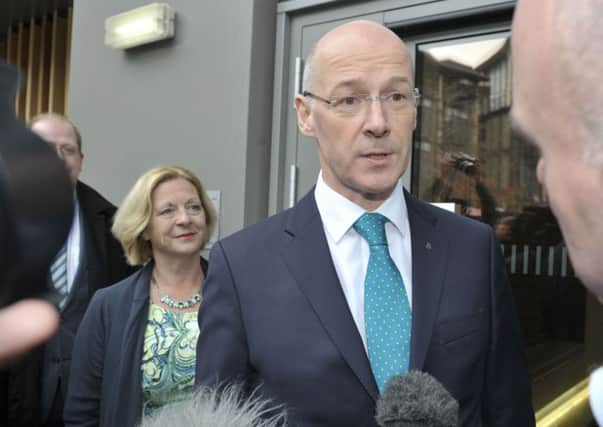Number of workless households drops by 2%


Workless households reduced by 2% in Scotland to 318,000 in the last year, a proportionately larger reduction than the 1.4% drop seen across the UK.
This is the second largest decrease in workless households across all 12 regions and countries of the UK.
Advertisement
Hide AdAdvertisement
Hide AdThe workless household rate in Scotland was 17.5%, a decrease of two percentage points over the year. This compares to the UK rate of 15.9%.
Scotland has the highest proportion of houses where every working-age person works in contrast to Outer London, which has the highest percentage of houses where at least one working-age person does not work.
Some 55.8% of 16 to 64-year-old people in Scotland live in fully working households, the highest in the UK, and the fewest in mixed-status households (32.1%).
Outer London has the lowest proportion of working-age people in completely workless households (7.8%), but also the lowest proportion in fully working households (43.7%) and the highest proportion in mixed households (48.4%).
The proportion of children in Scotland living in a workless household decreased by 0.5 percentage points - just under one in eight children, or 11.8%. This compares to a higher rate across the UK at 12.7%.
Finance Secretary John Swinney said: “Today’s figures show that we are continuing to tackle unemployment and that the Scottish economy is growing.
“We now have the highest jobs figures in history, the highest female employment in history, the lowest level of unemployment since the end of 2008, lower unemployment than the rest of the UK and higher employment and lower inactivity.
“However, we need to continue to build on this and our task is to make sure that everyone is able to benefit from our economic success.
Advertisement
Hide AdAdvertisement
Hide Ad“That means everyone who wants it should have access to the employment and training they need to get on in life.
“That is why we have already set out key measures - including £16 million of additional investment in tackling youth employment and £4.5 billion of investment in infrastructure - that will secure continued growth and further improvements in employment.”